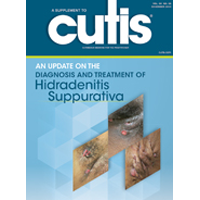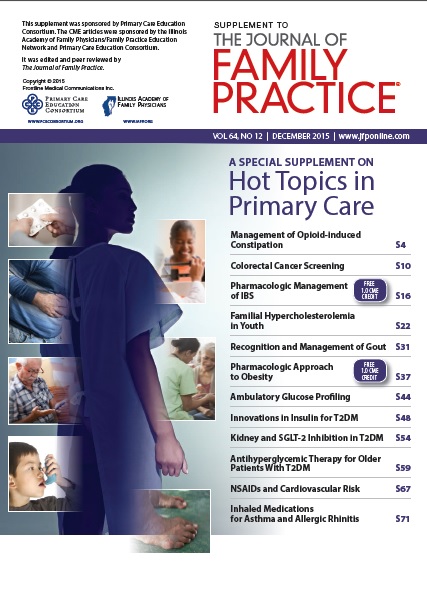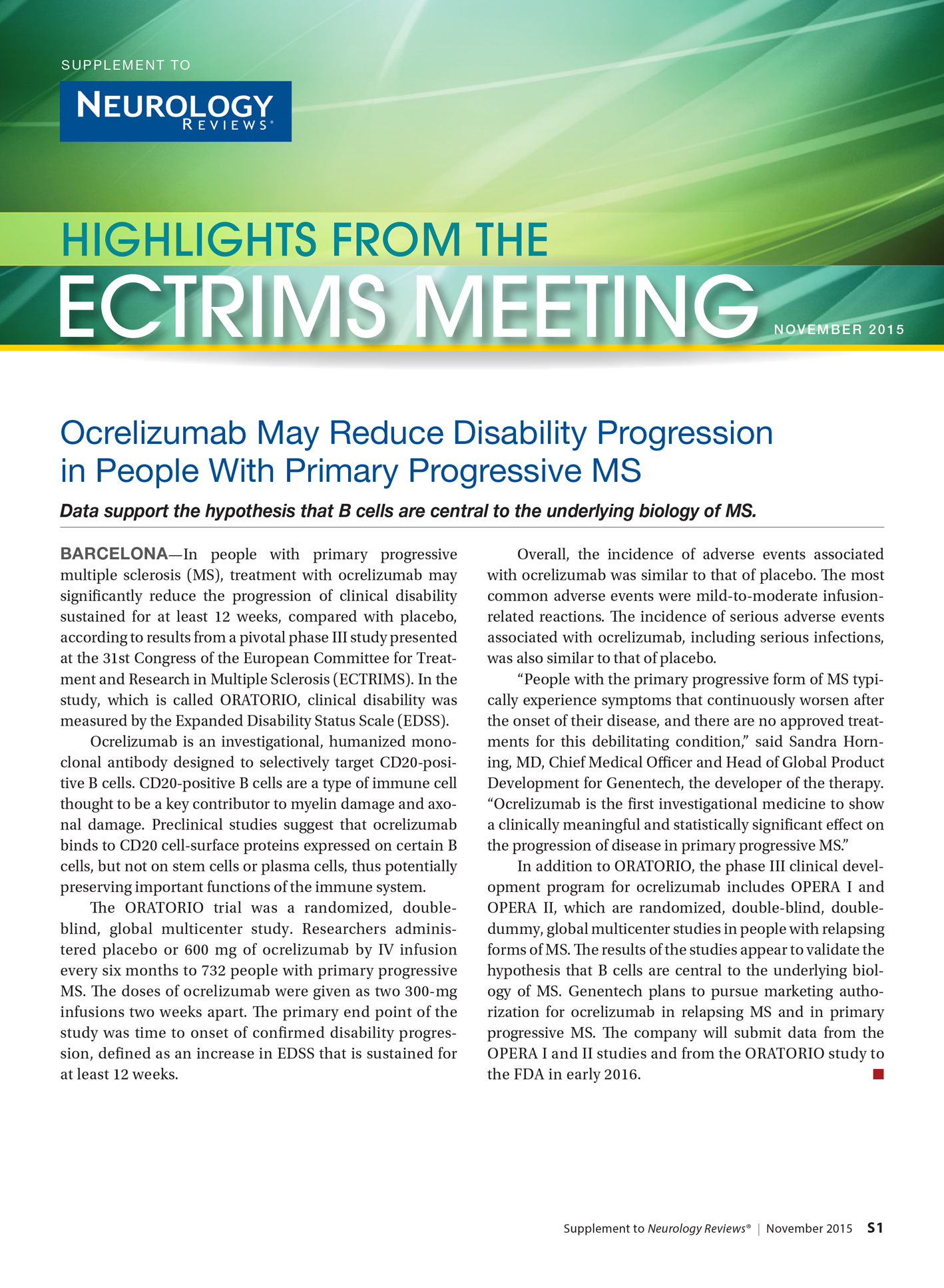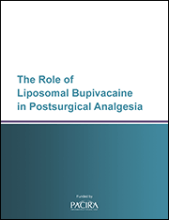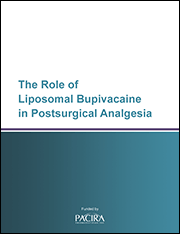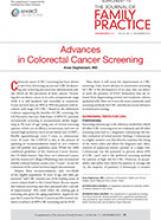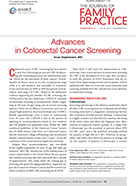User login
2016 Directory of VA and DoD Facilities
Click here to access the 2016 Directory of VA and DoD Facilities Digital Edition
Table of Contents
- Letter From the Publisher
- Explanatory Notes and Abbreviation Key
- Veterans Integrated Service Network (VISN) Guide / MyVA Regions Guide
- Department of Veterans Affairs Health Care Facilities
- TRICARE Region Guide
- Department of Defense Health Care Facilities

Click here to access the 2016 Directory of VA and DoD Facilities Digital Edition
Table of Contents
- Letter From the Publisher
- Explanatory Notes and Abbreviation Key
- Veterans Integrated Service Network (VISN) Guide / MyVA Regions Guide
- Department of Veterans Affairs Health Care Facilities
- TRICARE Region Guide
- Department of Defense Health Care Facilities

Click here to access the 2016 Directory of VA and DoD Facilities Digital Edition
Table of Contents
- Letter From the Publisher
- Explanatory Notes and Abbreviation Key
- Veterans Integrated Service Network (VISN) Guide / MyVA Regions Guide
- Department of Veterans Affairs Health Care Facilities
- TRICARE Region Guide
- Department of Defense Health Care Facilities

Abstracts Presented at the 2015 AVAHO Annual Meeting
An Update on the Diagnosis and Treatment of Hidradenitis Suppurativa
Hidradenitis suppurativa (HS) is a chronic, inflammatory, scarring disease that occurs most frequently along the milk lines of the body from axillae to groin, is most common in the second and third decades of life, and is rarely observed before puberty. It disproportionately affects women and is associated with a host of comorbidities and dramatically reduced quality of life. The delay from HS symptom onset to diagnosis is approximately 7 years, with drastic consequences for patient well being. Early diagnosis and treatment are of paramount importance. While several nonpharmacologic, pharmacologic, and surgical treatment modalities exist for HS, only one agent, adalimumab, has been approved by the US Food and Drug Administration for this indication. Lifestyle modifications, dietary changes, patient education, and psychosocial support are important components of HS therapy.
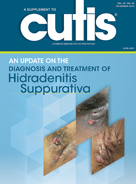
Hidradenitis suppurativa (HS) is a chronic, inflammatory, scarring disease that occurs most frequently along the milk lines of the body from axillae to groin, is most common in the second and third decades of life, and is rarely observed before puberty. It disproportionately affects women and is associated with a host of comorbidities and dramatically reduced quality of life. The delay from HS symptom onset to diagnosis is approximately 7 years, with drastic consequences for patient well being. Early diagnosis and treatment are of paramount importance. While several nonpharmacologic, pharmacologic, and surgical treatment modalities exist for HS, only one agent, adalimumab, has been approved by the US Food and Drug Administration for this indication. Lifestyle modifications, dietary changes, patient education, and psychosocial support are important components of HS therapy.

Hidradenitis suppurativa (HS) is a chronic, inflammatory, scarring disease that occurs most frequently along the milk lines of the body from axillae to groin, is most common in the second and third decades of life, and is rarely observed before puberty. It disproportionately affects women and is associated with a host of comorbidities and dramatically reduced quality of life. The delay from HS symptom onset to diagnosis is approximately 7 years, with drastic consequences for patient well being. Early diagnosis and treatment are of paramount importance. While several nonpharmacologic, pharmacologic, and surgical treatment modalities exist for HS, only one agent, adalimumab, has been approved by the US Food and Drug Administration for this indication. Lifestyle modifications, dietary changes, patient education, and psychosocial support are important components of HS therapy.

The Use of Dual Antiplatelet Therapy in High-Risk Patients With Acute Coronary Syndromes
Hot Topics in Primary Care
Click here to read the Full Supplement
Credit is awarded for successful completion of the online evaluations at the links below; these links may also be found within the supplement on the first page of each article.
CME CREDIT: "Individualizing Pharmacologic Management of Irritable Bowel Syndrome"
- To complete the online evaluation and receive 1 CME credit for this article: please click on the link at the end of the article or go to pceconsortium.org/ibs.
CME CREDIT: "Pharmacologic Approach to Obesity Management"
- To complete the online evaluation and receive 1 CME credit for this article: please click on the link at the end of the article or go to cme.iafp.com/ and find the article in the Post-Tests and Evaluation Only tab.
Click here to read the Full Supplement
Credit is awarded for successful completion of the online evaluations at the links below; these links may also be found within the supplement on the first page of each article.
CME CREDIT: "Individualizing Pharmacologic Management of Irritable Bowel Syndrome"
- To complete the online evaluation and receive 1 CME credit for this article: please click on the link at the end of the article or go to pceconsortium.org/ibs.
CME CREDIT: "Pharmacologic Approach to Obesity Management"
- To complete the online evaluation and receive 1 CME credit for this article: please click on the link at the end of the article or go to cme.iafp.com/ and find the article in the Post-Tests and Evaluation Only tab.
Click here to read the Full Supplement
Credit is awarded for successful completion of the online evaluations at the links below; these links may also be found within the supplement on the first page of each article.
CME CREDIT: "Individualizing Pharmacologic Management of Irritable Bowel Syndrome"
- To complete the online evaluation and receive 1 CME credit for this article: please click on the link at the end of the article or go to pceconsortium.org/ibs.
CME CREDIT: "Pharmacologic Approach to Obesity Management"
- To complete the online evaluation and receive 1 CME credit for this article: please click on the link at the end of the article or go to cme.iafp.com/ and find the article in the Post-Tests and Evaluation Only tab.
The Power of Art in Medicine: The Patient Listening Project
[[{"attributes":{},"fields":{}}]]
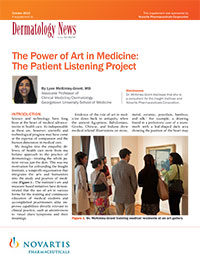
Author
Lynn McKinley-Grant, MD
Associate Professor of Clinical Medicine/Dermatology
Georgetown University School of Medicine
Dr. McKinley-Grant discloses that she is a consultant for the Insight Institute and Novartis Pharmaceuticals Corporation.
Link
Click here to download this supplement.
12/15 XDP-1319483
[[{"attributes":{},"fields":{}}]]

Author
Lynn McKinley-Grant, MD
Associate Professor of Clinical Medicine/Dermatology
Georgetown University School of Medicine
Dr. McKinley-Grant discloses that she is a consultant for the Insight Institute and Novartis Pharmaceuticals Corporation.
Link
Click here to download this supplement.
12/15 XDP-1319483
[[{"attributes":{},"fields":{}}]]

Author
Lynn McKinley-Grant, MD
Associate Professor of Clinical Medicine/Dermatology
Georgetown University School of Medicine
Dr. McKinley-Grant discloses that she is a consultant for the Insight Institute and Novartis Pharmaceuticals Corporation.
Link
Click here to download this supplement.
12/15 XDP-1319483
Highlights From the 2015 ECTRIMS Annual Meeting
Click here to download the PDF.
Click here to download the PDF.
Click here to download the PDF.
The Role of Liposomal Bupivacaine in Postsurgical Analgesia
Advances in Colorectal Cancer Screening
Colorectal cancer (CRC) screening has been shown to save lives. Screening can prevent CRC by detecting and removing precancerous adenomatous polyps, which are the precursors of most cancers.1 Screening also can detect cancer at an early, asymptomatic stage while it is still localized and amenable to treatment; 5-year survival rates are 80% to 90% for patients with localized, early stage I/II CRC.2
Colorectal cancer (CRC) screening has been shown to save lives. Screening can prevent CRC by detecting and removing precancerous adenomatous polyps, which are the precursors of most cancers.1 Screening also can detect cancer at an early, asymptomatic stage while it is still localized and amenable to treatment; 5-year survival rates are 80% to 90% for patients with localized, early stage I/II CRC.2
Colorectal cancer (CRC) screening has been shown to save lives. Screening can prevent CRC by detecting and removing precancerous adenomatous polyps, which are the precursors of most cancers.1 Screening also can detect cancer at an early, asymptomatic stage while it is still localized and amenable to treatment; 5-year survival rates are 80% to 90% for patients with localized, early stage I/II CRC.2



